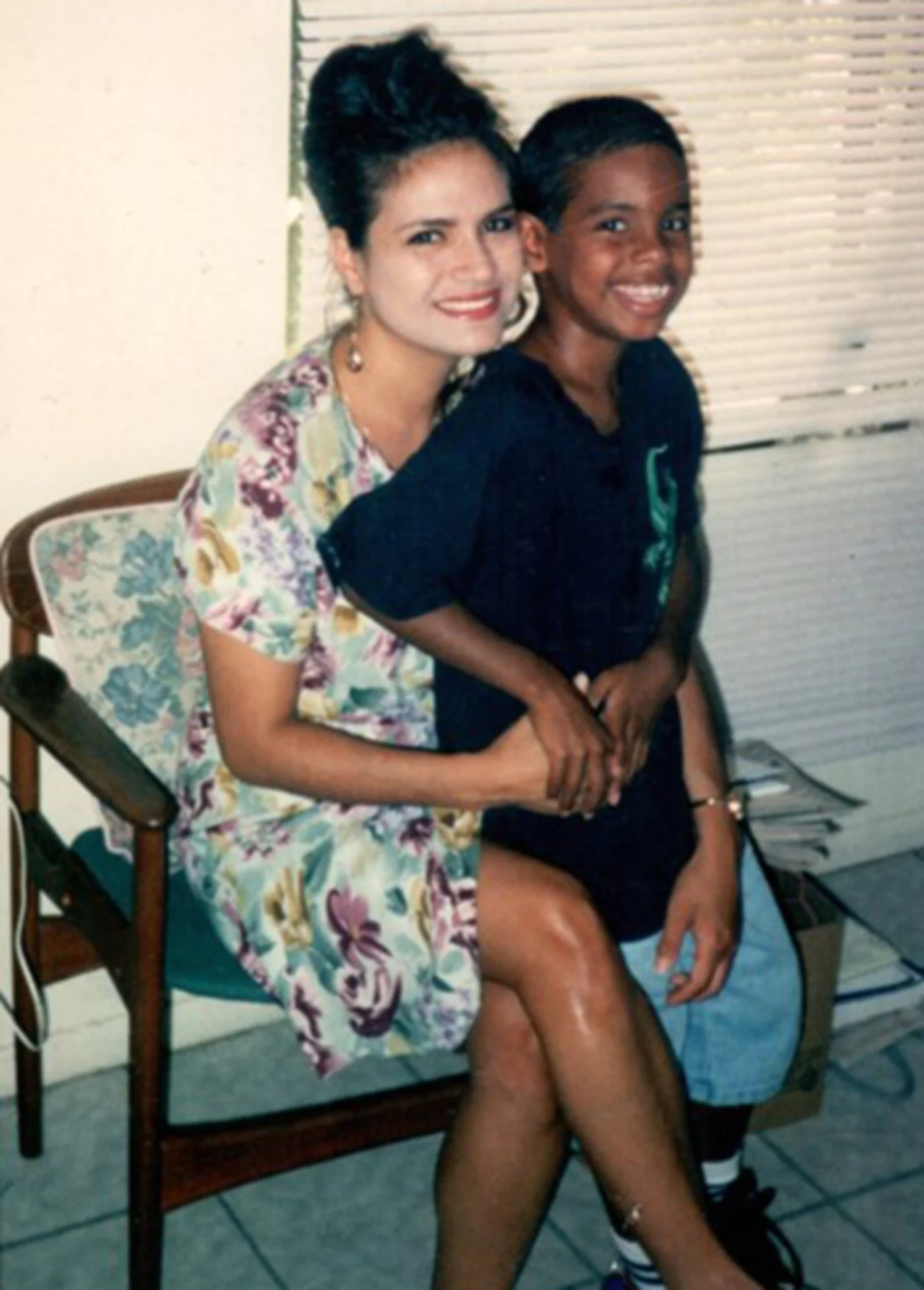By Tim Stelloh
Six years after her son was killed by a Seattle police officer involved in multiple deadly encounters, a federal judge cleared the way for Rose Johnson’s excessive force lawsuit to move forward. U.S. District Judge Thomas Zilly set a tentative trial date of Sept. 15 after an appeals court this year rejected the officer’s claim of qualified immunity, the much-debated legal doctrine that can shield police officers from civil rights claims. The ruling on March 3 by the 9th U.S. Circuit Court of Appeals is a sign of the incremental change unfolding in courts and statehouses across the country as legislative efforts to reform qualified immunity in Congress have stalled. To Johnson, who filed the Seattle lawsuit after police fatally shot her son seconds after they kicked down his door on May 8, 2019, the panel’s decision was an important victory on a long and arduous road of trying to heal. “Trying to move on and heal from the trauma of losing Ryan hasn’t been easier because six years have passed by,” she said of her son, Ryan Smith, 31. “He was — and is —my heart and soul.” Johnson’s lawsuit, filed in 2022 after an NBC News investigation detailed her son’s case, alleges that the “willful and reckless” conduct of Officer Christopher Myers violated Smith’s constitutional rights and caused his death. The suit names a second officer as a defendant and accuses the Seattle Police Department of demonstrating “deliberate indifference” by not getting Myers — who fired his gun in four separate encounters from 2010 to 2019, three of which were fatal — “professional, mental, or other help to assure he stops shooting people.” Myers has not been disciplined or charged with any crimes in connection with those shootings, though an appeals panel ruled in 2014 that there was little evidence to corroborate his account of the allegedly suspicious behavior that prompted one of them. Myers did not respond to a request for comment. He previously defended his use of lethal force, telling NBC News in 2021 that he never expects an encounter to escalate into a shooting. “Unfortunately, some people don’t yield and sometimes force the situation,” he said. Lawyers representing the officers and the police department did not respond to a request for comment. The attorneys previously sought to dismiss the lawsuit, claiming in a 2023 filing that city officials could not be held liable because they had not violated Smith’s constitutional rights. Smith posed an imminent and deadly threat when he was fatally shot, they wrote, and the officers were entitled to qualified immunity. The qualified immunity legal defense, first adopted by the U.S. Supreme Court in 1967, allows law enforcement officers to argue that claims of constitutional violations should be dismissed because the violations were not “clearly established” at the time they occurred. “There was no (and is no) case that would put every reasonable officer on notice that shooting Mr. Smith would violate clearly established law,” the lawyers wrote. Smith was fatally shot after his girlfriend dialed 911 and described a terrifying situation: Smith had a knife, and he was threatening to assault her and take his own life, according to a dispatcher’s log of the call included in the filing. She was barricaded in the bathroom, according to the call log, and Smith was scratching at the door. “There is blood all over the bathroom,” a dispatcher told responding officers. City officials later acknowledged that that final grim detail was based on inaccurate information that the 911 call taker misinterpreted. The girlfriend actually told the operator that she did not need a medic but feared Smith had hurt himself and needed help, according to Johnson’s lawsuit. But when Myers responded to the 911 call, he believed Smith’s girlfriend might be bleeding out, he told investigators. In the 2023 filing, the officers’ attorneys wrote that “any objectively reasonable officer would have believed this was a domestic violence emergency.” Body camera video of what followed showed officers ordering Smith to open the door. Seconds later, after he did not comply, they kicked it down. In the video, Smith can be seen walking slowly toward the threshold with what appears to be a knife in his hand as the officers order him to put his hands up, to get on the ground and to drop the knife. Within six seconds, Myers fired eight shots, according to the lawsuit. The second officer, Ryan Beecroft, fired twice. Smith was hit seven times, the lawsuit says. According to the filing, the officers opened fire only after Smith refused to comply with their orders and advanced toward them with his knife in an “attack position.” Smith’s mother has said her son struggled for years with depression, anxiety and alcoholism, and she believes he was having a mental health crisis the night he was fatally shot. In her family’s lawsuit, Johnson’s attorneys wrote that police did not follow de-escalation and crisis intervention techniques even though Beecroft had been to Smith’s apartment weeks before and was aware of his mental health issues. In the March ruling, 9th Circuit Judge William Fletcher disputed the officers’ claims, writing that a reasonable juror could conclude that Smith did not pose an immediate threat and was not actively resisting arrest. He may not have comprehended the officers’ commands, “which were shouted at the same time and inconsistent,” Fletcher wrote. “The officers gave no warnings and the use of a Taser might have been available,” he wrote. “Given this circuit’s case law, a reasonable officer should have been on notice that it was unreasonable to use deadly force solely because Smith was holding a knife in his right hand and raised that hand across his chest.” The next hearing in the case is scheduled for July 18. The officers’ attorneys have sought to delay the September trial, which is scheduled to last five to 10 days.
